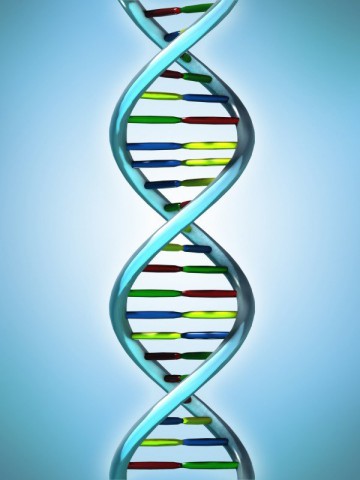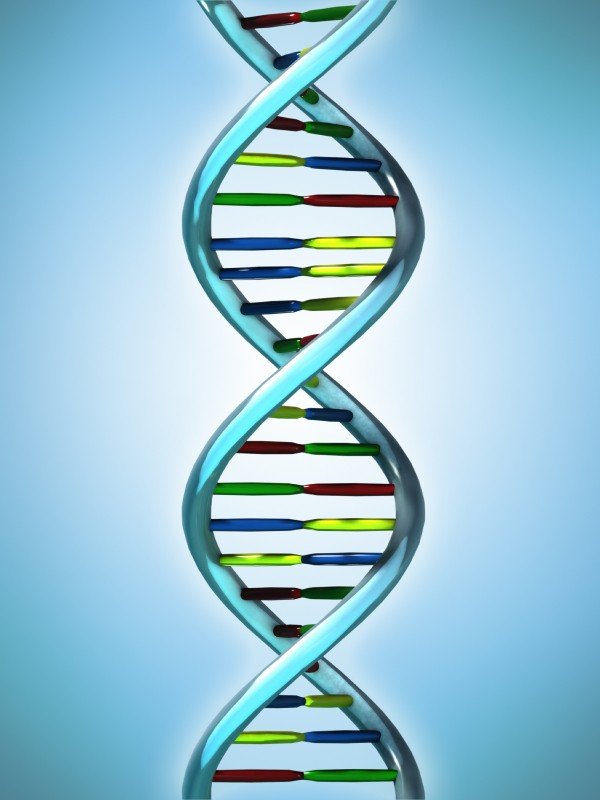 Carlos Bustamante and his colleagues at Stanford University in California recently published an article shedding new light on the possible genetic origins of men. The researchers sequenced the complete genome of the Y chromosome from seven distinct global populations.
Carlos Bustamante and his colleagues at Stanford University in California recently published an article shedding new light on the possible genetic origins of men. The researchers sequenced the complete genome of the Y chromosome from seven distinct global populations.
This was no easy task. While the Y-chromosome is passed down from father to son along their family line, there are mutations and other changes that result in challenges for researchers trying to un-jumble the patterns of inheritance. There were a few assumptions they had to make about the rate of mutations and other related factors.
Through careful analysis, the research team concluded that all males in their diverse sample shared a common male ancestor who lived in African between 125,000 to 156,000 years ago.
Research on female mitochondrial DNA reveals a similar time frame for a common female ancestor among women. A mitochondrion is the part of a cell that is responsible for cellular metabolism and only females pass this on to their children. Mitochondria does not come from sperm, only from the female egg, and during fertilization the female’s mitochondria gives rise to the offspring’s mitochondria. It is the only human cell part outside the nucleus to have its own DNA, and the only cell part to be inherited strictly maternally. Therefore, looking at the patterns in mitochondrial DNA can show a person’s maternal lineage.
Additional research from another team of scientists found that samples taken from a different set of males resulted in genetic markers dating to ancestors that lived even further back (from 237,000 to 581,000 years ago). One of the participants of this study, sponsored by the University of Arizona, had a rare gene that could be traced all the way back to a small tribe of people currently living in Cameroon. It was exciting news for the man tracing his family lineage, as well as the researchers involved in the study. Taken together, the research shows two distinct and unbroken lines of inheritance between communities of early human populations and ours today.
Currently scientists are looking at over 2000 samples of male Y-chromosome DNA to get a more comprehensive look at the findings of these two studies in light of a larger sample size. The study may get closer to the answer of exactly where the predecessors of modern man lived and how their DNA has impacted our current human population.
Other References:
http://www.sciencedaily.com/releases/2013/03/130305145821.htm









